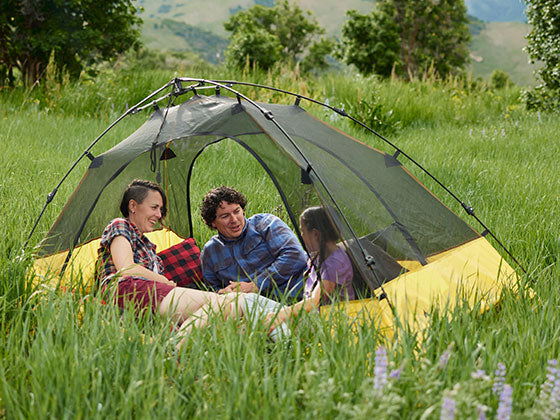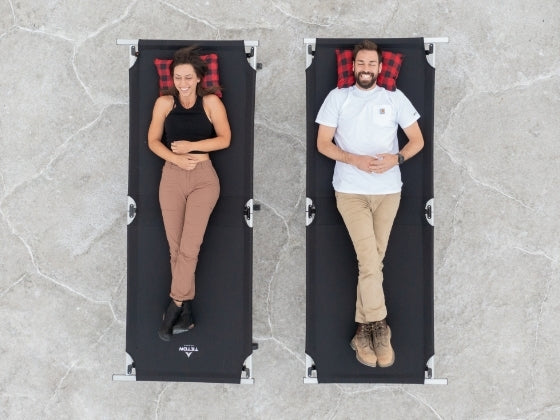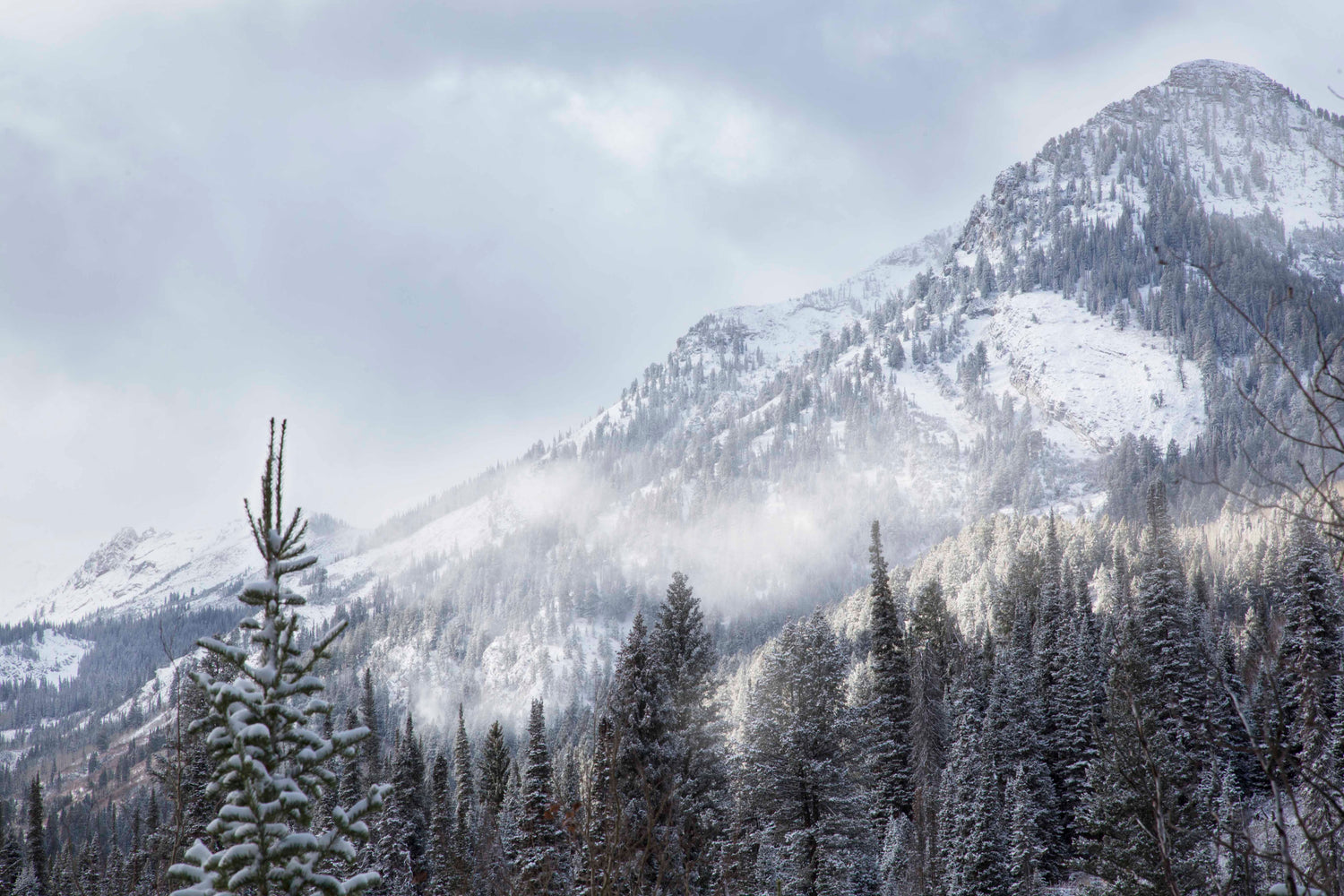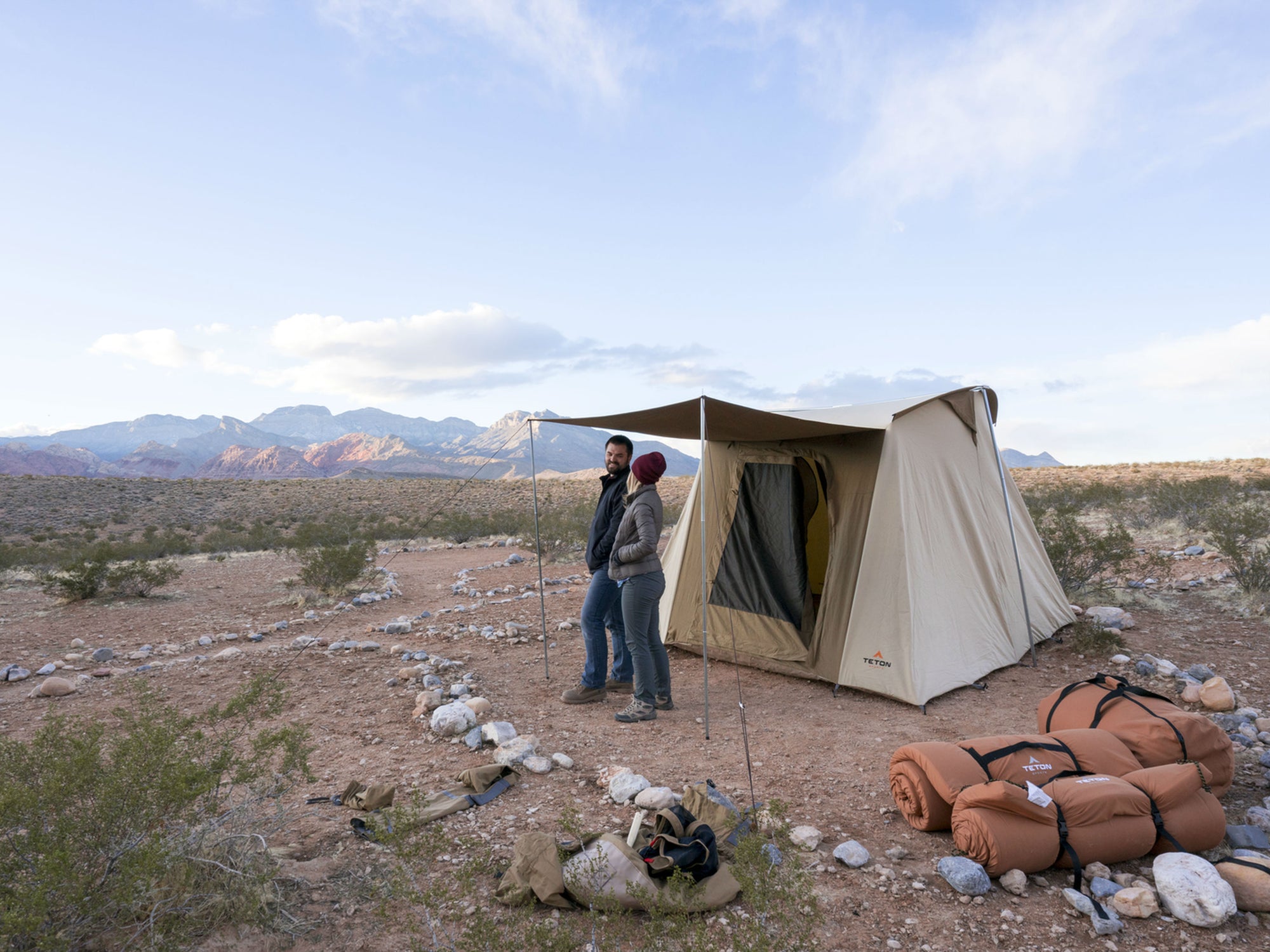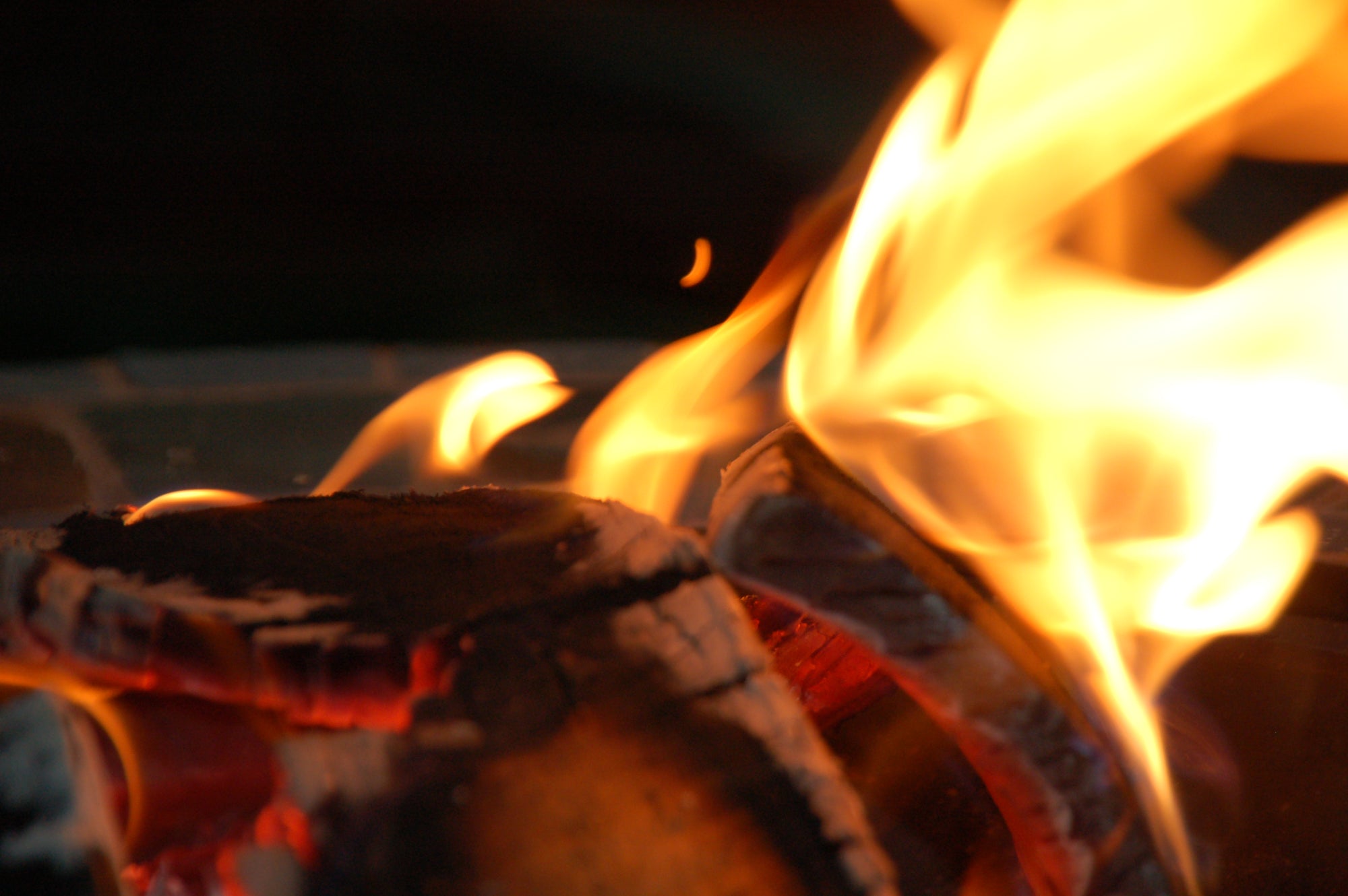Frostbite: Understanding the Signs + Symptoms
Winter is a beautiful season to get out and explore, but colder temps and snow bring inevitable risks that are important to know in order to keep you safe. Understanding the signs and symptoms of frostbite can help keep you safe and prepared in case of emergency.
What is frostbite?
Frostbite is the freezing skin and tissue, just like water freezes into ice, skin exposed to prolonged or extreme cold can freeze. Frostbite is treatable, especially in the early stages, but can become very serious, which is why it is important to understand the signs and symptoms, of which there are three.
What are the symptoms of frostbite?
How fast frostbite can occur and progress depends on the conditions in which one is exposed. In extreme cold frostbite can begin in a matter of minutes. Keeping exposed skin covered in these types of conditions is extremely important.
Stage 1: Frostnip
Frostbite begins with frostnip. Frostnip occurs as the skin begins to turn pale or yellow and may feel like it is burning, stinging and otherwise uncomfortable. Frostnip only affects the top layers of skin and does not cause any permanent damage.
Stage 2: Superficial Frostbite
Superficial frostbite occurs as the affected tissue becomes more fully involved. Ice crystals can begin to form on the skin and the skin can begin to feel warm, which is a sign that the frostbite is progressing to stage 3. As the affected area is rewarmed it can swell and blister, often turning blue or purple. Permanent damage can occur in this stage.
Stage 3: Severe or Deep Frostbite
Severe or deep frostbite causes permanent damage to skin and tissue. This stage includes, in the name the word "deep," because it affects all layers of the skin, including muscle tissue and bones. During this stage it is common for the affected area to become numb and no longer feel cold. As the skin is rewarmed blisters will form and the skin will turn hard and black as the tissue dies as a result of the advanced stage of frostbite.
What to do if you have frostbite?
It is important to seek medical help if you have signs or symptoms of superficial frostbite. This can be a serious condition and having medical professionals attend to the affected area can greatly reduce further risks and complications. To rewarm the affected areas use warm water 99 to 108 F (37 to 42 C) — for 15 to 30 minutes (Mayo Clinic) and avoid direct heat to a stove, fire or heater as these can cause burns on numbed skin.




